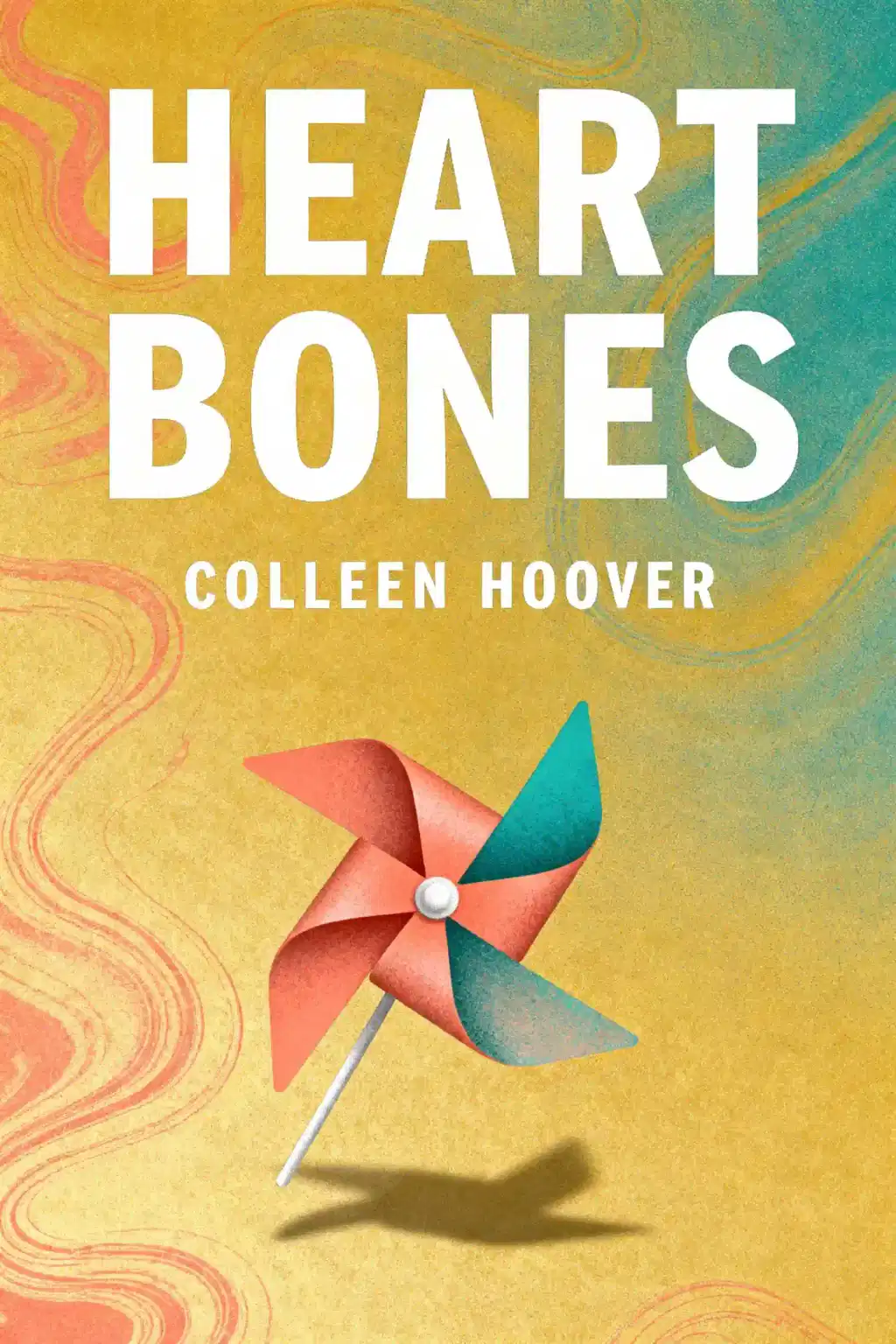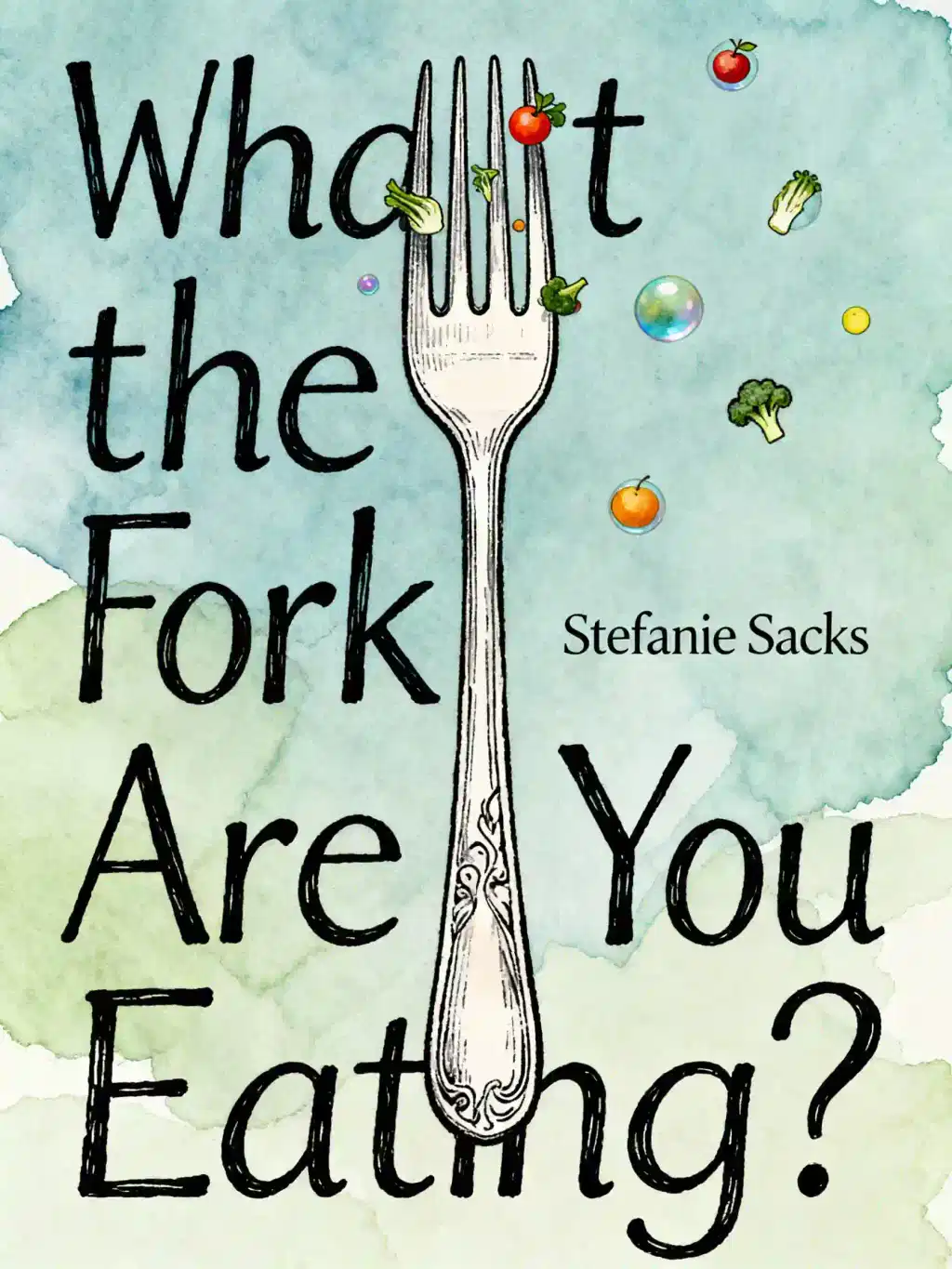What is What My Bones Know about?
What My Bones Know is a memoir by journalist Stephanie Foo about healing from complex PTSD (C-PTSD), a condition resulting from repeated childhood trauma. The book chronicles Foo's journey after receiving her diagnosis at age 30, combining personal narrative with scientific research as she explores various therapies, investigates immigrant trauma in her San Jose community, and uncovers family secrets in Malaysia to understand how trauma can be inherited through generations. It's both a personal reckoning with childhood abuse and an investigative exploration of C-PTSD treatment.
Who is Stephanie Foo and what is her background?
Stephanie Foo is a Malaysia-born American radio journalist, producer, and author who worked for prestigious programs including This American Life and Snap Judgment. Born in Malaysia, she moved to the United States at age two and was abandoned by her parents during her teenage years after enduring years of physical and verbal abuse. Despite this traumatic childhood, she became an award-winning radio producer before writing What My Bones Know in 2022. She graduated early from UC Santa Cruz in just two and a half years with honors.
Who should read What My Bones Know by Stephanie Foo?
What My Bones Know is essential reading for anyone dealing with childhood trauma, C-PTSD, or those seeking to understand these conditions. Mental health professionals, therapists, and counselors will find valuable insights into complex PTSD treatment approaches. The book also resonates with children of immigrants, Asian Americans exploring intergenerational trauma, and anyone interested in the intersection of personal narrative and scientific research. Readers should be prepared for descriptions of emotional and physical abuse throughout the memoir.
Is What My Bones Know worth reading?
What My Bones Know became a New York Times bestseller with a 4.52-star rating on Goodreads, earning widespread critical acclaim. Readers describe it as "powerful, enlightening, and hopeful," praising Foo's ability to weave personal narrative with scientific research on C-PTSD. The memoir is noted for being both "easy to read" despite difficult subject matter and valuable in demystifying complex PTSD for both sufferers and the general public. However, readers should be aware it contains detailed descriptions of childhood abuse and trauma.
What is complex PTSD and how does Stephanie Foo explain it in What My Bones Know?
Complex PTSD (C-PTSD) differs from traditional PTSD in that it develops from repeated trauma over years rather than a single traumatic event. Foo describes it as "a learned set of responses and a disruption of important developmental tasks" that occurs when someone experiences ongoing trauma, such as continuous child abuse. The condition has a "whole-body grip"—hence the title "what my bones know"—affecting both mental and physical health. Foo received her official diagnosis in 2018 at age 30 after struggling for years with symptoms she couldn't name.
What healing methods does Stephanie Foo try in What My Bones Know?
Stephanie Foo explored numerous therapeutic approaches in her healing journey, including work with neuroscientists and psychologists, yoga practice, and joining support groups for childhood trauma survivors. Her most transformative work was with Dr. Ham, who recorded their therapy sessions and played them back so they could analyze the dialogue line by line together. This innovative method helped Foo identify when her C-PTSD symptoms flared and when she was dissociating without awareness. She also tried various experimental therapies and returned to her childhood home to "fact-check" her memories of abuse.
How does What My Bones Know address immigrant trauma and intergenerational trauma?
What My Bones Know explores how trauma passes through generations, beginning with Foo's parents who were ethnically Chinese living in Malaysia and faced fierce discrimination before immigrating to California. Foo returns to San Jose to investigate immigrant trauma's effects on the community and travels to Malaysia to uncover family secrets, understanding how her parents' own experiences shaped their treatment of her. She avoids simplistic "tiger parent" explanations, instead examining intergenerational trauma with both compassion for her ancestors' struggles and clear recognition that her parents' abusive behavior was unacceptable.
What are the main themes in What My Bones Know by Stephanie Foo?
The memoir centers on the relationship between past trauma and present identity, exploring how childhood abuse continues to affect adult health, relationships, and career. Key themes include the power of naming and understanding one's diagnosis, the journey from survival to healing, and the role of achievement as both coping mechanism and professional success. Foo examines mourning the childhood she never had, the process of self-parenting as an adult, and how trauma lives in the body. The book also addresses Asian American mental health, discrimination, and journalism as a tool for both investigation and personal healing.
What makes What My Bones Know different from other trauma memoirs?
What My Bones Know uniquely combines personal narrative with investigative journalism, as Foo uses her professional skills to research and map the scarce literature on C-PTSD. Unlike many memoirs, it includes interviews with scientists and psychologists, providing readers with educational content alongside personal story. The book is structured in five distinct parts, with childhood abuse being only one section, emphasizing the long healing journey over the trauma itself. Foo's willingness to show her therapy process in detail, including recorded sessions analyzed line by line with Dr. Ham, offers rare transparency into therapeutic work.
What should readers know before starting What My Bones Know?
Readers should be prepared for vivid, detailed descriptions of physical and emotional child abuse, including beatings, threats, and parental abandonment. Foo explicitly warns about potentially triggering content on the opening page so readers can care for their own mental health. The book chronicles "harrowing" accounts of childhood trauma, including scenes where parents threaten to kill each other and their daughter. Despite difficult content, reviewers note the memoir remains "easy to read" and balances trauma with hope, humor, and ultimate resilience. Foo acknowledges her privilege in being able to quit her job to focus on healing full-time.
How does Stephanie Foo use her journalism background in What My Bones Know?
Stephanie Foo credits journalism with saving her life during high school, stating it turned her "anguished brain into a functioning machine" when she served as editor-in-chief of her school paper. In What My Bones Know, she applies investigative skills to research C-PTSD, interviewing experts and trying various therapies to create a comprehensive resource. Her journalistic approach helps her "map her experiences onto the scarce literature about C-PTSD," filling gaps for others who struggle to find information. Reviewers praise the book as "exquisite investigative journalism" that successfully weaves scientific research with deeply personal storytelling.
What is the structure and writing style of What My Bones Know?
What My Bones Know is written in five distinct parts, following a somewhat chronological but layered narrative that tells multiple stories simultaneously—childhood trauma, scorched personal relationships, professional achievements, and the healing journey. Foo's writing style is described as "starkly honest and brave," balancing difficult subject matter with unexpected humor and hope. The memoir is "easy to read" despite heavy content, with prose that's both accessible and emotionally powerful. Reviewers note it can make readers "laugh out loud" and "howl in agonizing cathartic tears" within the same reading, demonstrating Foo's range and skill as a storyteller.














